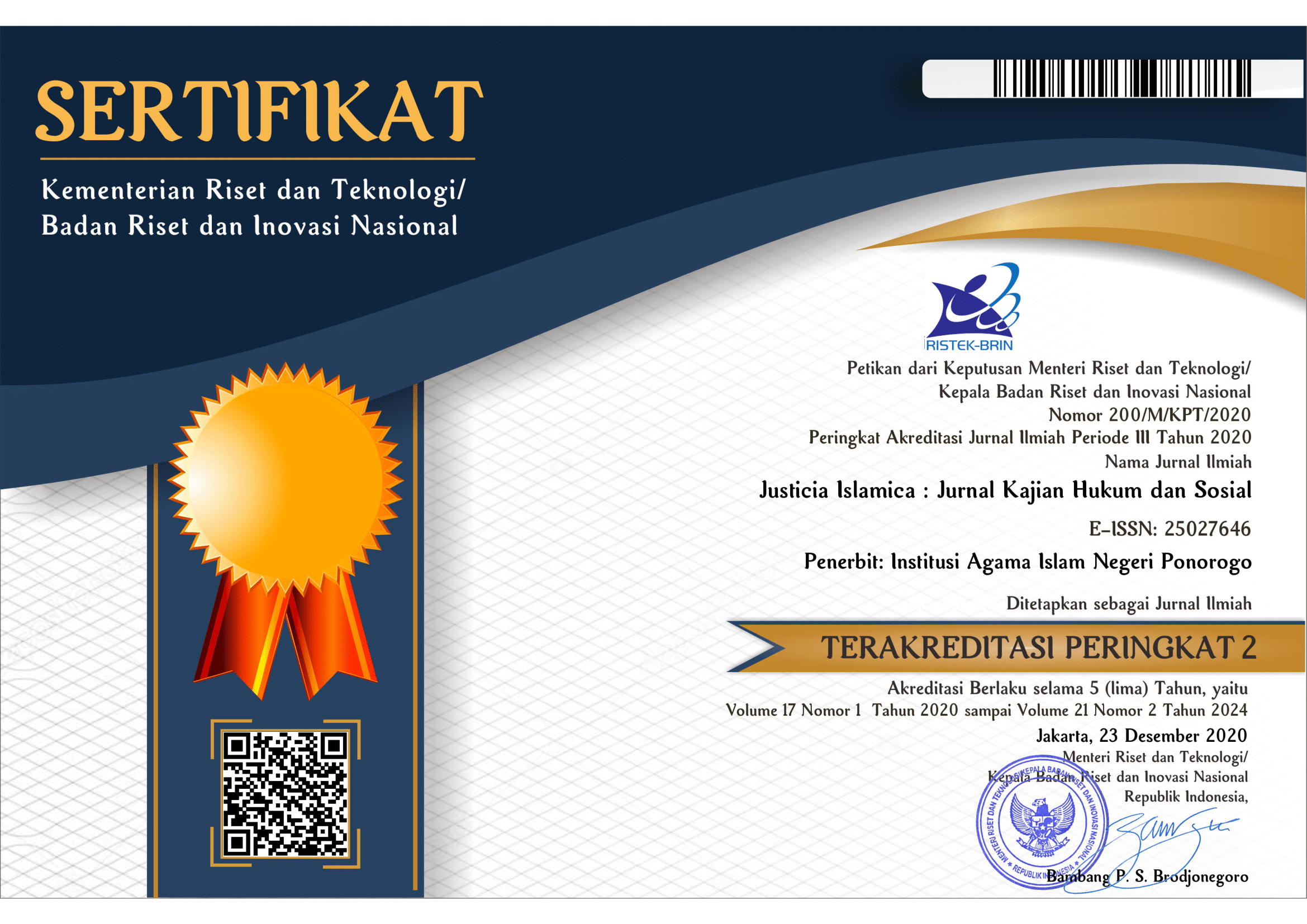Perkawinan Beda Agama Menurut Fiqh
Keywords:
Islamic fiqh; ahlul kitab;Islamic law.Abstract
This study aims to examine the law of interfaith marriage in the perspective of Islamic fiqh. The differing views among scholars regarding the legal status of marriage between Muslims and non-Muslims is an ongoing debate. This study uses a qualitative method with a literature study approach, analyzing the arguments of the Qur'an, Hadith, and the views of fuqaha from various schools of thought. The results show that the majority of scholars prohibit marriage between Muslims and non-Muslims who are not people of the book, while some scholars allow Muslim men to marry women of the book. However, in the modern social context, a new approach has emerged that considers the aspects of maqashid Shariah and maslahat in looking at this issue. This study emphasizes that the law of interfaith marriage still requires contextual analysis to suit social realities without neglecting the principles of Shariah.
References
.
Downloads
Published
Issue
Section
License

This work is licensed under a Creative Commons Attribution-ShareAlike 4.0 International License.
Requirements to be met by the author as follows:
- Author storing copyright and grant the journal right of first publication manuscripts simultaneously with licensed under the CC BY-SA allows others to share the work with a statement of the work's authorship and initial publication in this journal.
Authors can enter into the preparation of additional contractual separately for the non-exclusive distribution of a decadent version of the journal issue (e.g., post it to an institutional repository or publish it in a book), with the recognition of initial publication in this journal.
Authors are allowed and encouraged to post their work online (e.g., in institutional repositories or on their website) before and during the submission process because it can lead to productive exchanges and citations earlier and more severe than published works. (see The Effect of Open Access).
This work is licensed under CC BY-SA.


















